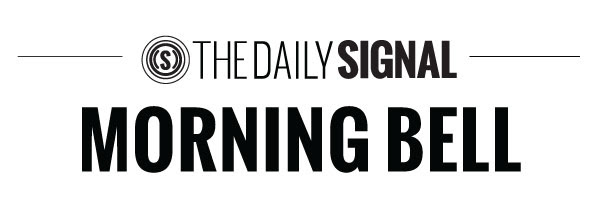Dear STJEPAN,
Wall Street is going to hate this: Glass-Steagall is back with a vengeance, in a new bipartisan bill co-sponsored by Senator Elizabeth Warren and Senator John McCain.1
For decades, the original Glass-Steagall Act separated general banking, like savings deposits and small business loans, from the kind of high-risk speculative trading done by investment banks that crashed the economy. But ever since banks first started chipping away at the law in the 1980’s, we’ve seen a resurgence of risky gambles and financial crashes. The new, “21st Century Glass-Steagall Act” would help fix that problem by declaring that Wall Street mega-banks can engage in high-risk trading all they want – but not if they also take out federally-insured deposits.2
Big banks, right-wing conservatives, and corporate Democrats will stop at nothing to keep this proposal from becoming law. We need to seize on the momentum from the bill’s bipartisan introduction to demand that it become law – and show that Americans will not stop fighting for bold action against Wall Street greed.
After Glass-Steagall passed in the 1930’s in response to the Great Depression, America entered a long period of financial stability built on a simple trade-off. The Federal Deposit Insurance Corporation (FDIC) would insure the money everyday Americans deposited in banks, ensuring middle class economic stability. In return, any bank that took deposits could not engage in risky trades and speculative gambles. It was a clear bright line between boring, essential banking and the wild chase for profits.3
But as Senator Warren put it, “That high wall between high-risk trading and boring banking was punched full of holes until in the late 1990s, it was knocked down when Glass-Steagall was eventually repealed. And not long after that, the worst crash since the 1930s hit the American economy.”4 The 21st Century Glass-Steagall Act is a modern, updated version of the old law, designed to tackle the complexities of modern banking, but Glass-Steagall is fundamentally about setting tough, clear rules and forcing Wall Street to work for Main Street, not the other way around.
This law is needed today more than ever before. The 21st Century Glass-Steagall Act has been introduced in years past, and regularly attracts a broad cohort of bipartisan sponsors. But today, the biggest banks continue to balloon in size and control huge portions of our economy.5 Risky trading continues, with high-frequency computer-driven trading adding new risks.6 And nearly five years after Congress passed Wall Street reform, the Federal Reserve continues to delay implementing the Volcker Rule, a ban on using federally insured funds for risky trades that is considered “Glass-Steagall light.”7,8
A massive push for this legislation right now will press corporate Democrats to back down, and expose the right-wing Republicans who are siding with Wall Street.We need to speak loud and clear, demand that Congress act, and boldly show that Americans won’t tolerate inaction any longer.
Stand with Elizabeth Warren: Tell Congress to rein in Wall Street with the 21st Century Glass-Steagall Act. Click below to sign the petition:
Thank you for speaking out,
Add your name:
- Kevin Cirilli, “Warren, McCain introduce bill to bring back Glass-Steagall,” The Hill, July 7, 2015.
- Ibid.
- The Roosevelt Institute, “Looking Back at the Repeal of Glass-Steagall, or, How the Banks Caught Casino Fever,” RooseveltInstitute.org, retrieved July 19, 2015.
- Cirilli, “Warren calls for return of Glass-Steagall.”
- Jeff Cox, “Too big to fail banks just keep getting bigger,” CNBC.com, March 5, 2015.
- Nick Baumann, “Too Fast to Fail: Is High-Speed Trading the Next Wall Street Disaster?,” Mother Jones, January 2013.
- Wallace Turbeville, “What is the Volcker Rule?,” Demos, December 9, 2013.
- Zach Carter, “Fed Delays Volcker Rule, Giving Wall Street Another Holiday Gift,” Huffington Post, December 18, 2015.
|


 With more than $500 million in taxpayer funding annually, it’s time for the American people to know the truth about Planned Parenthood.
With more than $500 million in taxpayer funding annually, it’s time for the American people to know the truth about Planned Parenthood. Iran has a long history of supporting violence and terrorism within the Middle East, as well as around the world.
Iran has a long history of supporting violence and terrorism within the Middle East, as well as around the world. This new movie's message is more "Brady Bunch" than "Sex in the City."
This new movie's message is more "Brady Bunch" than "Sex in the City." "We have to learn the government is not the authority," pro-democracy leader Maksim Borodin teaches. "They are our servants."
"We have to learn the government is not the authority," pro-democracy leader Maksim Borodin teaches. "They are our servants." The secretary of state made a heated defense of the Iran nuclear deal, saying the U.S. will face international isolation and degraded security if Congress rejects the deal.
The secretary of state made a heated defense of the Iran nuclear deal, saying the U.S. will face international isolation and degraded security if Congress rejects the deal.













Nema komentara:
Objavi komentar